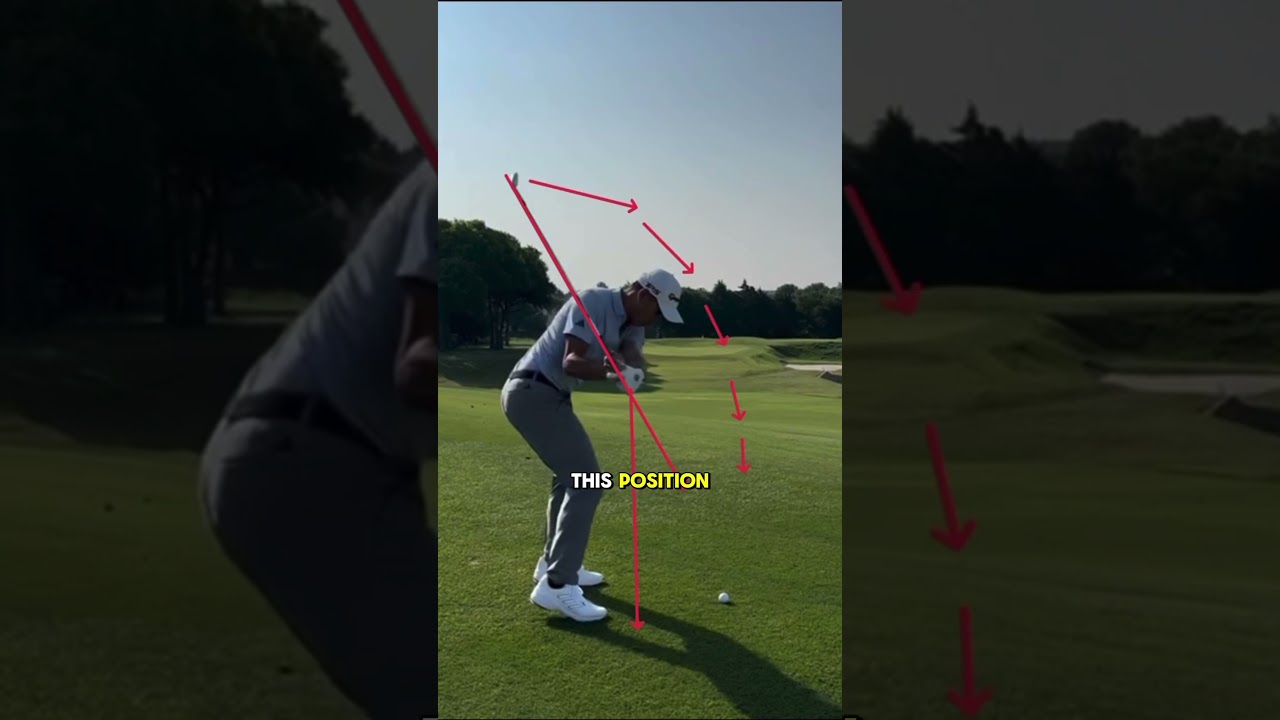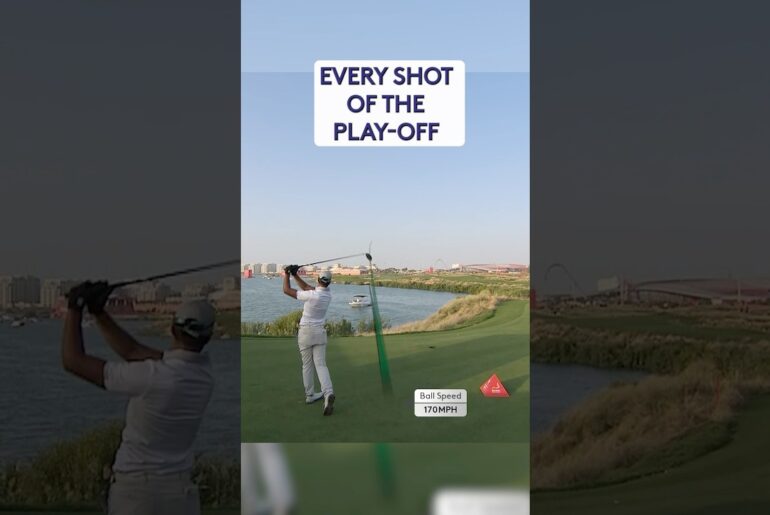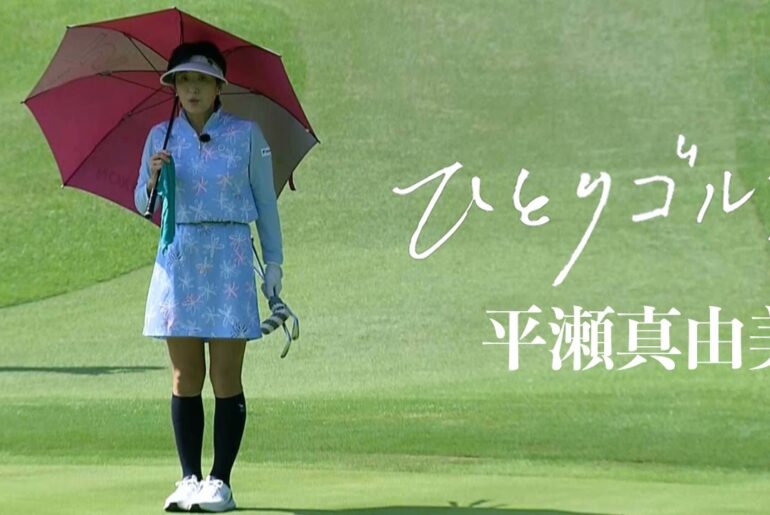So, first things first, everybody knows about his bold lead wrist, but what makes his pattern unique is the fact that he doesn’t get a lot of hip turn and he gets the shaft in a very, very laid-off position and makes it work. So, you’re going to see the club work out and up in the back swing. Part of this is because he doesn’t have a lot of hip turn, keeps that right knee very bent. And as he continues to pull this club up in the air, he keeps that right shoulder very internal. So, the elbow joint starts to pull back behind him and that right arm stays on top of the left arm for a long period of time. These are steepening elements to a club, which is why his shaft is this upright in the first half of his back swing. Now, as he gets up near the top, you’re going to see the famous bow lead wrist that everybody can pinpoint of his. Because his grip is very weak, despite the fact that his lead wrist is bowed, the club face is not going to be that strong. The the weaker grip obviously plays a part in that. Now, what I love about this pattern for him specifically, because he tends to favor a fade, he’s got very little hand depth because he doesn’t really open up his hips much. Obviously, that pelvic tilt is not going to be very inclined towards the ground as a result of that as well because his knees aren’t changing flex that aggressively. Now, what makes his pattern unique is that he has a very internally rotated right shoulder. So, that elbow is pulled back behind him. His trail arm looks very horizontal at the top. These kind of variables will typically push a shaft very across the line, but because his lead wrist is very bowed, it tends to offset that. Now, what Colin does really well is he reacts with his trail side to prevent the shaft from steepening too much from here. So, like I said, a lack of hand depth at the top, not a lot of hip turn, club gets a little laid off. There’s a very subtle shallowing move that you kind of see here near the transition as he starts his down swing. What you are going to notice is obviously the lead wrist gets very very bowed which helps him to control the club face but his hand path gets way out in front of him and the shaft is pretty steep here. So by all likelihood his shaft most golfers from this position would pitch the shaft way too far out in front of the body and likely struggle. But what Colin does in reaction to where his variables are, his knee is going to kick forward and his heel is going to lift off the floor early. Now, if you’re somebody who’s ever experienced this, when your trail side gets really aggressive and pushes forward, that will typically drop the trail hip and trail shoulder joint. So, it kicks you into a lot of trail side bend. And so, that is his way of offsetting the fact that the club is on the steeper side, not really shallowing very much, and his hand path gets quite a bit in front of him. And so, the two will balance each other out really nicely, something that someone like Justin Thomas does as well. So you see the right knee kicking forward, you see the right heel lift off the floor, you see a lot of side bend, and that is his way of balancing out the steeper elements that he has in transition. Not enough to say that it pushes him into a draw pattern because he obviously still prefers to play a fade, but enough to prevent him from cutting across the ball and getting too steep on it.







